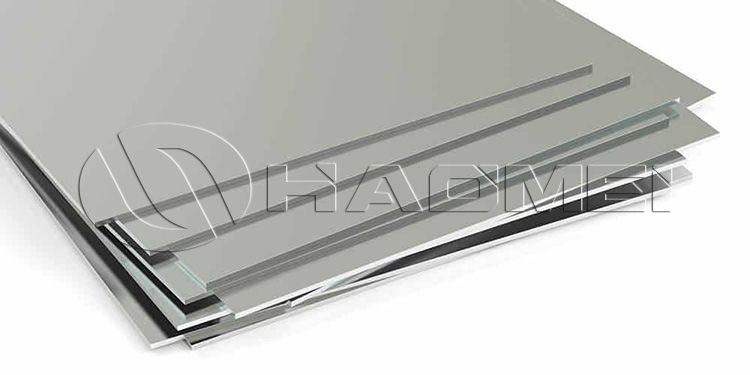Get in touch
-
Email:
sale@alumhm.com -
Tel/whatsapp:
+86-15978414719 -
Fax:
+86-0371-65621393 -
Address:
No.14 Waihuan Road, CBD, Zhengzhou, China -
Website:
https://www.aluminium-tanker-plate.com
5454 Aluminium Properties and Tempers
5454 aluminium alloy belongs to Al-Mg alloy. Magnesium as the main alloying element gives it excellent comprehensive properties. In terms of strength, it has medium strength, with a tensile strength generally between 220-310MPa and a yield strength of 125-250MPa. Such strength performance enables it to withstand a certain load and is suitable for the manufacture of structural parts that have certain strength requirements but are not too strict.
Its corrosion resistance is excellent, and it can maintain good corrosion resistance in the atmosphere, seawater and many chemical media. This is due to the fact that a dense oxide film can be formed on the surface of the alloy, which effectively blocks the invasion of external corrosive media. For this reason, 5454 aluminum alloy is favored in the fields of shipbuilding,marine engineering, and tanker truck making, and can be stably used in humid and high-salt harsh environments for a long time.

5454 aluminum alloy also has good welding performance. Whether it is argon arc welding, gas shielded welding or resistance welding, it can achieve high-quality welded joints. The strength and corrosion resistance of the welded joints are similar to those of the base material. In addition, its processing performance is also relatively good. It can be made into products of various shapes through various processing processes such as rolling, extrusion, and forging.
Detailed explanation of the main tempers of 5454 aluminum alloy
Common tempers of 5454 aluminum alloy include O, H111, H112, H32,etc. Among them, H32 is one of the most widely used tempers.
5454-O aluminum alloy, after complete annealing, has the lowest strength and highest plasticity. The material is soft and easy to bend, stretch and other forming processes. It is often used in processing processes that require a lot of deformation, such as deep drawing and spinning. However, due to its low strength, it is generally not used as the final use state, but as a blank for subsequent processing.
5454-H111 is a product state suitable for hot working and forming. It retains some of the work hardening effect, and its strength and hardness are slightly higher than the O state. It also has good stress corrosion resistance and is often used for products formed by hot working methods such as extrusion and rolling, such as pipes and bars.
5454-H112 is mainly suitable for products that are formed by casting or hot working and cannot be strengthened by heat treatment. The material properties in this state are closely related to factors such as temperature and deformation during processing, and the performance fluctuation range is relatively large.
5454 h32 aluminum is a state that is incompletely annealed after work hardening. This treatment method allows 5454 aluminum alloy to obtain higher strength and hardness while retaining a certain degree of plasticity and toughness. Its tensile strength is usually 240-280MPa, and its yield strength is about 145-195MPa. Compared with the O state, the strength has been significantly improved, which can meet the load-bearing capacity requirements of more structural parts. In terms of hardness, the Brinell hardness (HB) of 5454 aluminum alloy in the H32 state is generally between 65-85, and it has good wear resistance.
5454-h32 has good corrosion resistance while maintaining high strength. In many scenarios, this state of aluminum alloy is used to manufacture automobile chassis parts, pressure vessels, building structures, etc. For example, in automobile chassis manufacturing, 5454 aluminum alloy in H32 state can withstand various stresses during vehicle driving, as well as the impact of road gravel and corrosion from rain and mud; in the field of pressure vessels, it relies on appropriate strength and excellent corrosion resistance to ensure the safety and stability of containers when storing and transporting various media.
